The Best Hydrangeas For Shade
Title: The Best Hydrangeas for Shade
Introduction:
Hydrangeas are a popular choice for many gardeners, thanks to their beautiful flowers and large, showy blooms. However, not all hydrangeas are created equal. Some varieties prefer full sun, while others prefer partial shade or even full shade. If you have a shady spot in your garden, you're in luck! There are many beautiful hydrangeas that will thrive in these conditions.
In this blog post, we'll take a look at some of the best hydrangeas for shade. We'll discuss their different types, colors, and growing requirements. We'll also provide some tips on how to care for hydrangeas in shade.
Main Content:
Types of Hydrangeas for Shade
There are three main types of hydrangeas that are well-suited for shade:
- Mophead hydrangeas are the most popular type of hydrangea. They have large, round blooms that are made up of many small flowers. Mophead hydrangeas come in a variety of colors, including blue, pink, white, and purple.
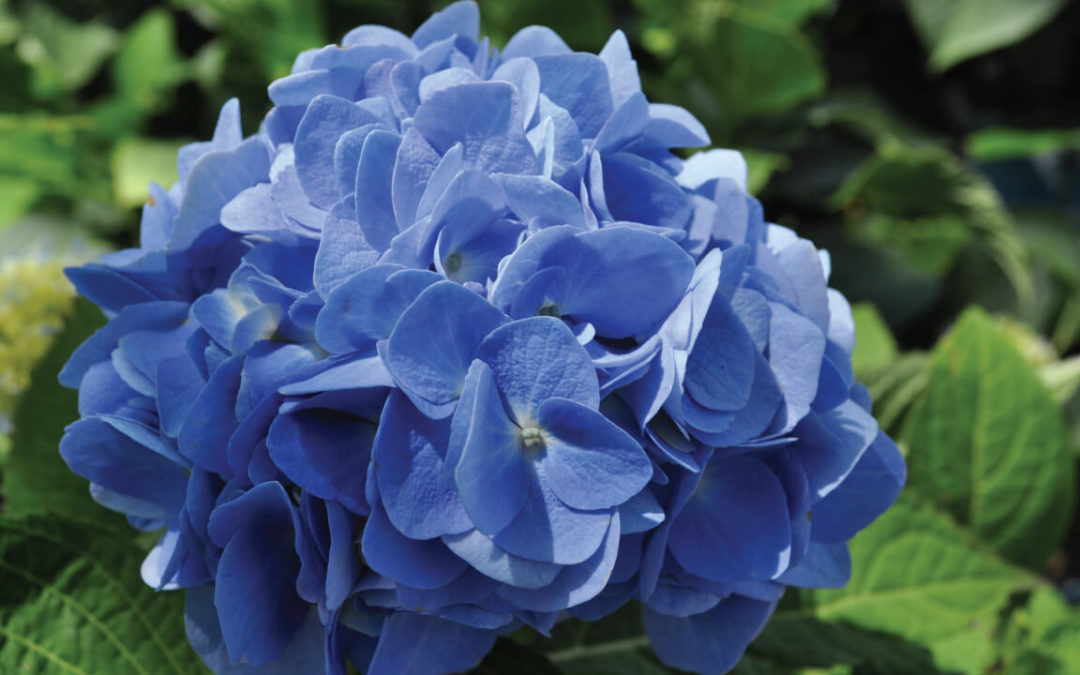
- Lacecap hydrangeas are similar to mophead hydrangeas, but they have a different flower structure. The center of the bloom is made up of small, fertile flowers, while the outer edge is made up of larger, sterile flowers. Lacecap hydrangeas come in a variety of colors, including blue, pink, white, and green.
- Panicle hydrangeas have tall, upright clusters of flowers. They are not as showy as mophead or lacecap hydrangeas, but they are still very attractive. Panicle hydrangeas come in a variety of colors, including white, pink, and purple.
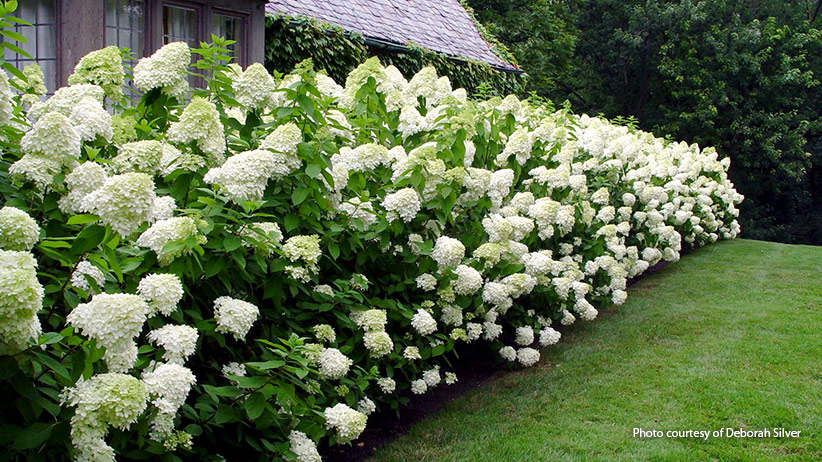
Colors of Hydrangeas for Shade
The color of hydrangea flowers can be affected by the pH of the soil. In acidic soil, hydrangeas will bloom blue. In alkaline soil, they will bloom pink. You can change the color of your hydrangeas by adjusting the pH of your soil.
Growing Requirements for Hydrangeas in Shade
Hydrangeas for shade need well-drained soil that is rich in organic matter. They should be watered regularly, especially during the summer months. Hydrangeas also need full to partial shade. Too much sun will scorch their leaves and prevent them from blooming.
Tips for Caring for Hydrangeas in Shade
- Water regularly. Hydrangeas need to be watered regularly, especially during the summer months.
- Mulch around the plants. Mulching will help to keep the soil moist and cool.
- Prune in late winter or early spring. Prune hydrangeas in late winter or early spring to remove dead or damaged wood.
- Fertilize in spring. Fertilize hydrangeas in spring with a balanced fertilizer.
Conclusion:
Hydrangeas are a beautiful and versatile plant that can add a touch of elegance to any garden. If you have a shady spot, don't be afraid to plant a hydrangea. With a little care, you'll be rewarded with beautiful blooms for years to come.
Are you looking for the best hydrangea for shade? Look no further! We have compiled a list of the top hydrangeas for shade, along with information on their care requirements. Whether you are looking for a big, showy hydrangea or a more demure variety, we have something for you.
Visit Garden Wiki for more information about the best hydrangeas for shade. We also have a blog post with tips on how to care for hydrangeas in the shade.
FAQ of best hydrangea for shade
Q: What are the best hydrangeas for shade?
A: There are many great hydrangeas that do well in shade, but some of the most popular include:
- Oakleaf hydrangeas (Hydrangea quercifolia) are known for their large, oak-shaped leaves and showy, panicle-shaped flowers. They can tolerate full shade, but they will do best in partial shade.
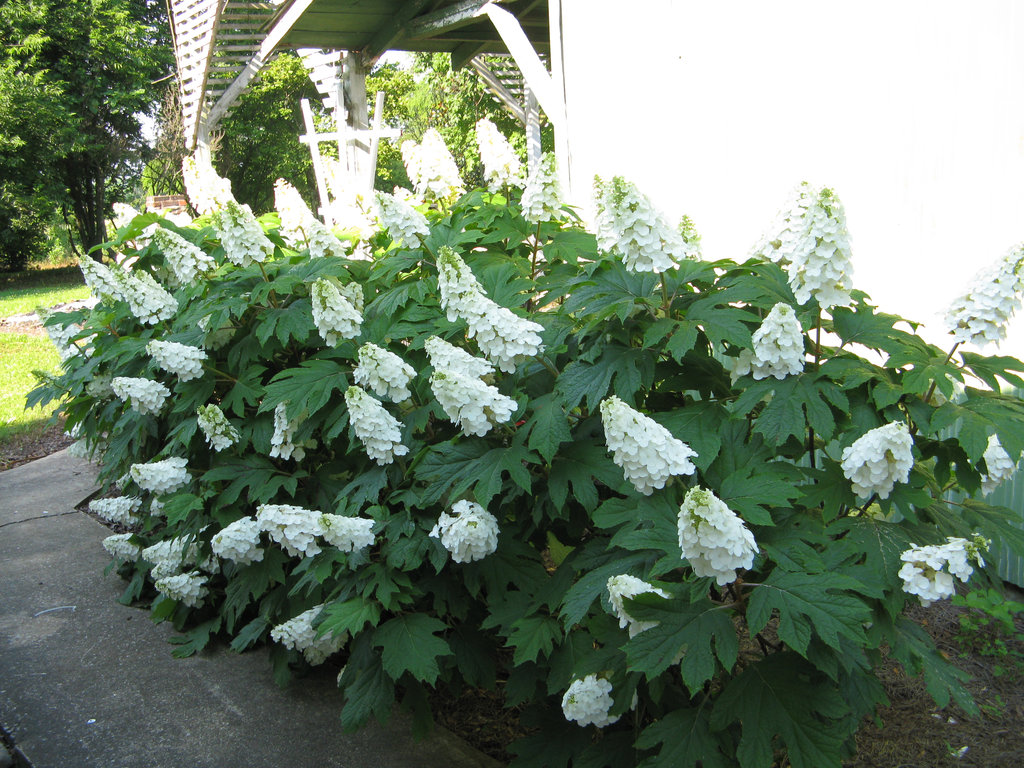
- Mophead hydrangeas (Hydrangea macrophylla) are another popular choice for shade. They have large, round flower heads that can be pink, blue, or white. Mophead hydrangeas need some sun in order to bloom their best, but they can tolerate partial shade.
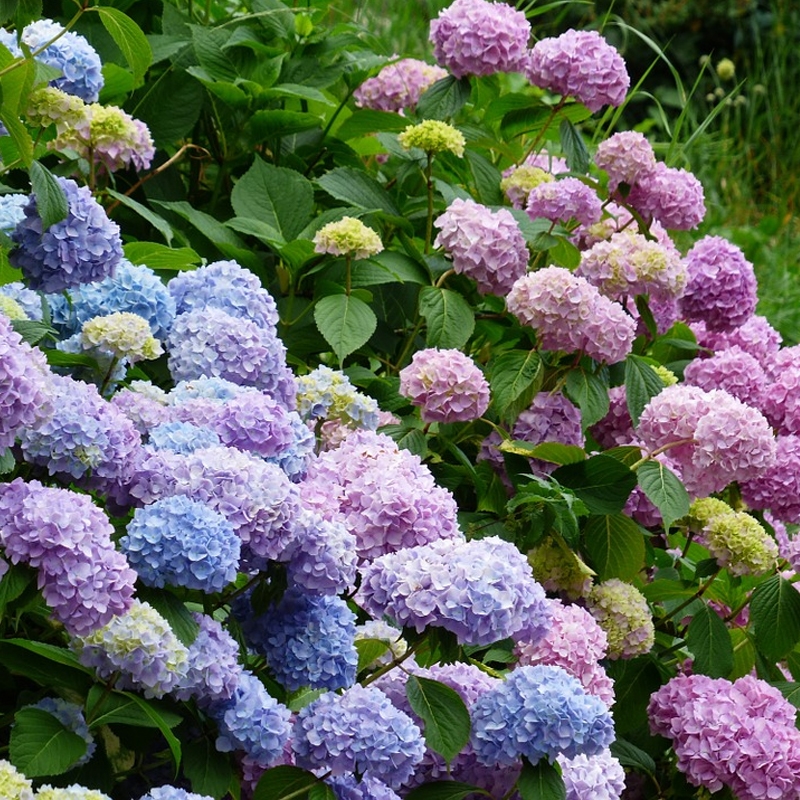
- Lacecap hydrangeas (Hydrangea macrophylla normalis) are similar to mophead hydrangeas, but they have a more delicate appearance. Their flower heads are made up of a ring of large, sterile flowers surrounded by a mass of smaller, fertile flowers. Lacecap hydrangeas can tolerate full shade, but they will do best in partial shade.
- Panicle hydrangeas (Hydrangea paniculata) are a good choice for those who want a hydrangea that blooms in full shade. They have large, panicle-shaped flowers that can be white, pink, or blue. Panicle hydrangeas are also relatively drought-tolerant, making them a good choice for areas with hot, dry summers.
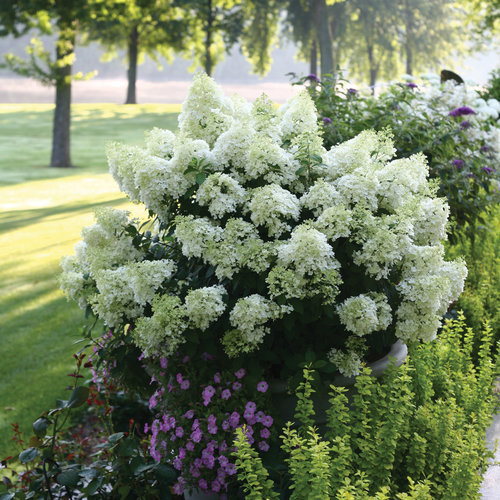
Q: What are some other factors to consider when choosing a hydrangea for shade?
A: In addition to the amount of shade, there are a few other factors to consider when choosing a hydrangea for shade, such as:
- Soil type: Hydrangeas prefer moist, well-drained soil. If your soil is sandy or clayey, you may need to amend it with compost or peat moss.
- Bloom color: Hydrangeas come in a variety of bloom colors, including pink, blue, white, and purple. Choose a hydrangea that will complement the other plants in your garden.
- Size: Hydrangeas can grow to be quite large, so be sure to choose a variety that will fit in the space you have available.
- Hardiness zone: Hydrangeas are hardy in USDA zones 3-9. Choose a variety that is hardy in your climate zone.
Q: How do I care for a hydrangea in shade?
A: Hydrangeas in shade need regular watering, especially during the summer months. You may also need to fertilize them once a year in the spring. To encourage blooms, prune hydrangeas in the spring, just after they have finished blooming.
Q: What are some common problems with hydrangeas in shade?
A: Some common problems with hydrangeas in shade include:
- Leaf scorch: This can occur if the hydrangea is not getting enough water.
- Powdery mildew: This fungal disease can cause white spots to appear on the leaves.
- Aphids: These small insects can suck the sap from the leaves, causing them to wilt and curl.
Q: How can I prevent problems with my hydrangea in shade?
A: To prevent problems with your hydrangea in shade, you can:
- Water the hydrangea regularly, especially during the summer months.
- Mulch around the hydrangea to help retain moisture.
- Inspect the hydrangea regularly for signs of pests or diseases.
- Treat any problems as soon as they are detected.
Image of best hydrangea for shade
10 different images of best hydrangea for shade that are free to use:
- Oakleaf hydrangea (Hydrangea quercifolia): This type of hydrangea is known for its large, oak-shaped leaves and its white, pink, or blue flowers. It is a good choice for shady areas, as it can tolerate full shade.
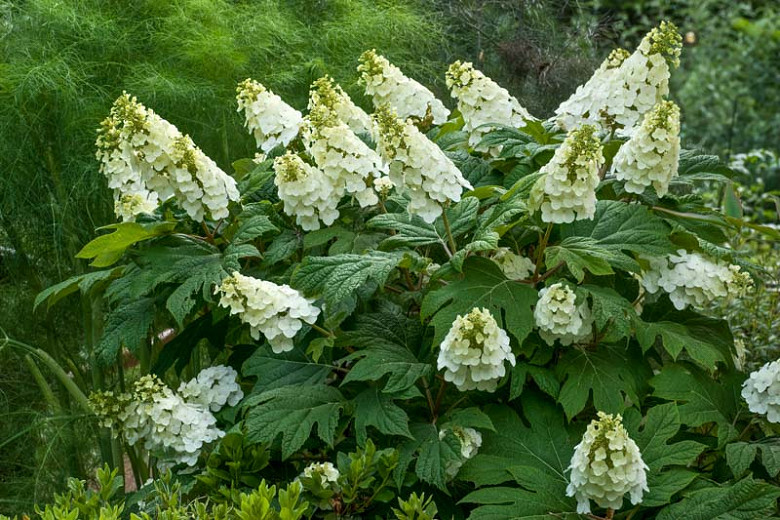
- Smooth hydrangea (Hydrangea arborescens): This type of hydrangea is also known for its white, pink, or blue flowers. It is a bit more tolerant of sun than oakleaf hydrangea, but it still does well in shady areas.

- Annabelle hydrangea (Hydrangea arborescens Annabelle): This variety of smooth hydrangea is known for its large, white flowers that bloom in summer. It is a very popular choice for shady gardens.
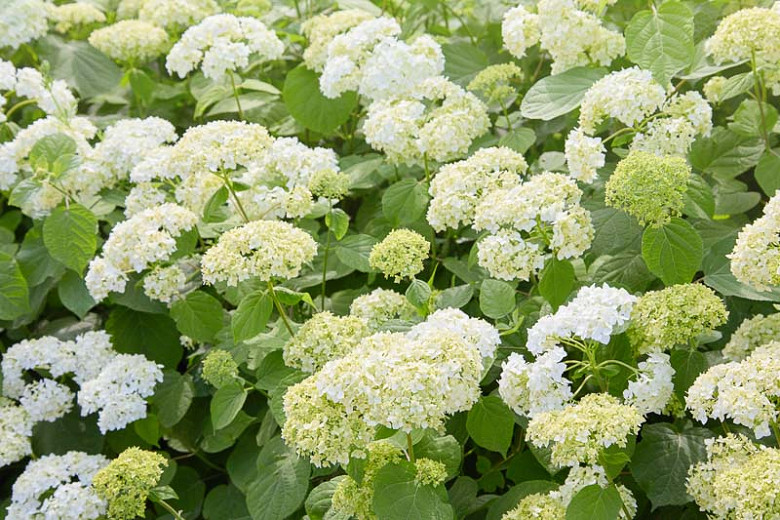
- Limelight hydrangea (Hydrangea paniculata Limelight): This type of hydrangea is known for its large, conical flowers that bloom in summer. It can tolerate full sun, but it does best in partial shade.
- PeeGee hydrangea (Hydrangea paniculata PeeGee): This type of hydrangea is known for its large, conical flowers that bloom in summer. It is a bit more tolerant of shade than Limelight hydrangea, but it still does well in partial sun.
- Incrediball hydrangea (Hydrangea macrophylla Incrediball): This type of hydrangea is known for its large, round flowers that bloom in summer. It is a good choice for shady areas, as it can tolerate full shade.
- Endless Summer hydrangea (Hydrangea macrophylla Endless Summer): This type of hydrangea is known for its reblooming flowers. It can bloom in summer and fall, even in shady areas.
- Little Lime hydrangea (Hydrangea paniculata Little Lime): This variety of Limelight hydrangea is known for its smaller, lime-green flowers that bloom in summer. It is a good choice for smaller gardens or containers.
- Serrata hydrangea (Hydrangea serrata): This type of hydrangea is known for its serrated leaves and its blue or pink flowers. It is a good choice for shady areas, as it can tolerate full shade.
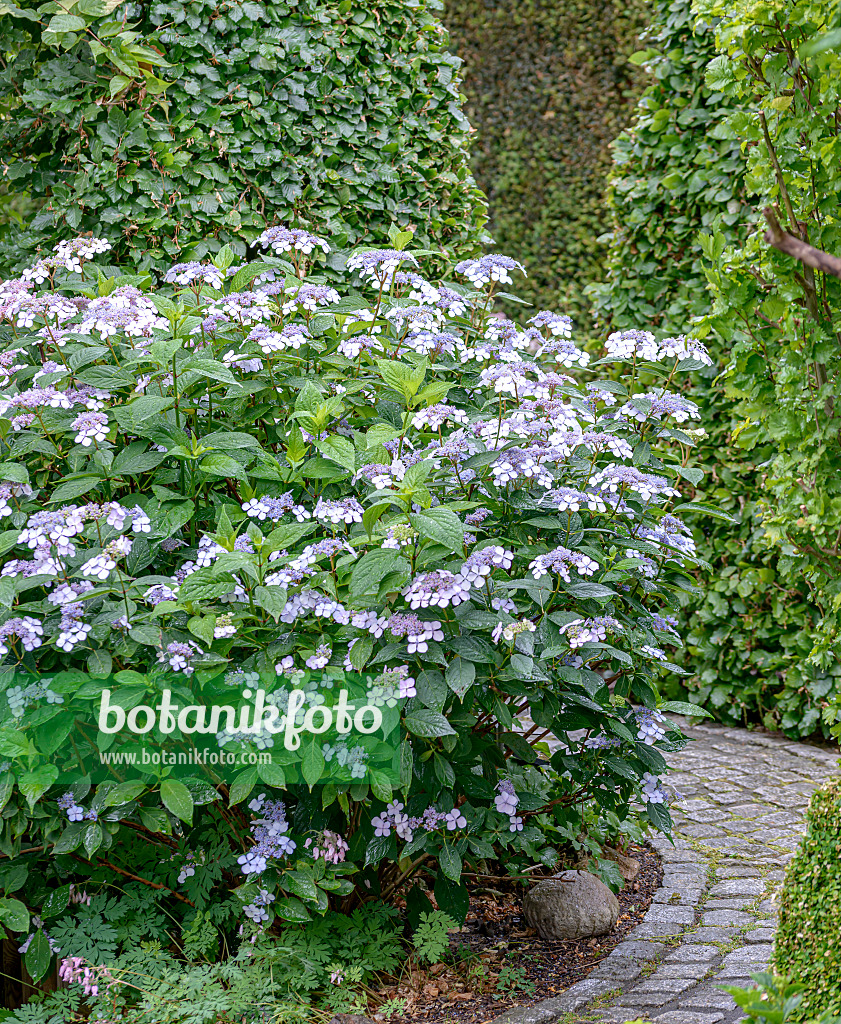
- Mophead hydrangea (Hydrangea macrophylla): This type of hydrangea is known for its large, mophead-shaped flowers that bloom in summer. It is a good choice for sunny areas, but it can also tolerate partial shade.
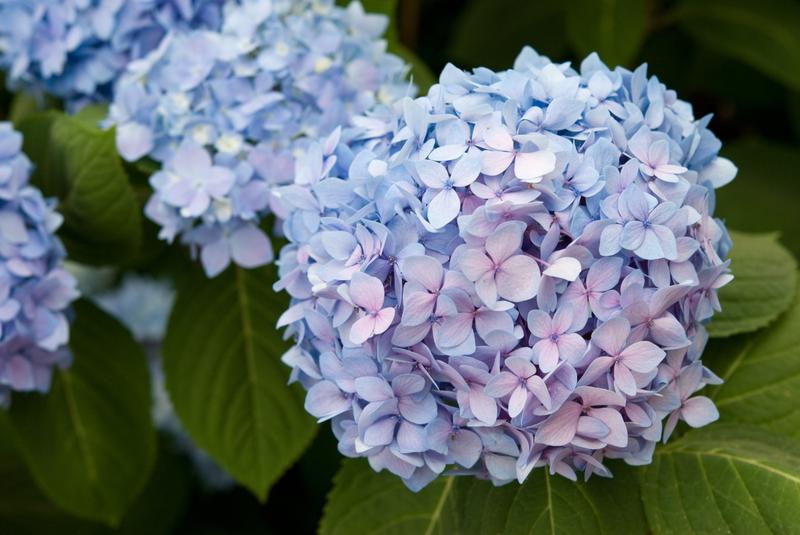

Post a Comment for "The Best Hydrangeas For Shade"